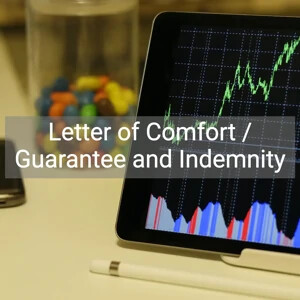Standby Letter of Credit / Trade Finance


Trade finance is the financing of trade, in relation to domestic or international trade and commerce. It makes it easier for importers and exporters as it can help reduce the risks associated with trade. By introducing third parties (usually banks) to the trade flow, trade finance minimise the risk of the exporters not receiving the payments and the importers not receiving the goods under trade agreements.
Trade finance helps both the Seller and Buyer build mutual trust, thereby promoting trade. It also allows Buyers and Sellers to improve cash flow and operational efficiency through the extension of credit. Trade finance acts as a guarantee on the global trade of goods and allows companies to increase business and revenue through trade. It reduces the risk of companies running into financial difficulties.
In anticipation of the export of goods from a Seller to the Buyer and the receipt of payment for the goods, there are various ways in which banks can support the parties with trade finance:
1. Financing the Buyer
Trade finance can provide credit to the Buyer to complete the trade orders:
(a) The Buyer's Bank can issue to the Seller's Bank a letter of credit ("Letter of Credit").
(b) The Buyer's Bank can provide financing for each shipment on the basis of a pledge of the bill of lading and other shipping documents ("Pledge").
(c) The Buyer's Bank can issue a demand guarantee or a standby letter of credit ("Standby Letter of Credit") to the Seller to guarantee the performance of the Seller.
2. Financing the Seller
Trade finance can provide the Seller with advance payments for receivables under trade agreements:
(a) The Seller's bank can issue a back-to-back credit against the Letter of Credit at Seller's request to its supplier ("Supply Chain Finance").
(b) The Seller's Bank can advance the amount of payment to the Seller first with interest or discount, then collecting the bank draft from Buyer's bank at maturity and recoup any interest from the sum collected ("Forfaiting").
(c) The Seller can sell its receivables to the Seller's bank or another party known at discounted prices ("Factoring").
We will focus on the Letter of Credit since it is the most common form of trade financing but yet it is not an easy concept to grasp. Sellers may wish to reduce credit risk by asking Buyers to pay in advance for their shipments. On the contrary, Buyers may wish to reduce the shipment risk by requiring the Sellers to issue documents for the shipment. Banks can help to intermediate the transaction by providing various forms of support.
The Buyer's bank can issue a letter of credit to the Seller (or the Seller's bank), which a commitment given by the issuing bank (i.e. the Buyer's bank) on behalf of the Buyer, that upon the presentation of certain shipping documents (usually a bill of lading) by the Seller or the Seller's bank, the issuing bank will pay to the Seller or the Seller's bank the contract payment.
In the letter of credit, the Buyer's bank assumes responsibility for payment to the seller. The Buyer's bank must ensure that the buyer has sufficient financial means to perform the transaction. At the same time, the Seller's bank can provide financing to the Seller based on the receivables in the contracts. The Buyer can also be assured that the goods have been shipped because no payment will be made unless the Seller can meet the terms in the letter of credit by providing the shipping documents.
A demand guarantee is a commitment made by the bank on behalf of the applicant to the beneficiary. The bank will undertake in writing to pay a certain amount of money to the beneficiary should the applicant fails to perform certain obligations upon a written demand from the beneficiary. There is a standard set of rules for demand guarantee under the Uniform Rules for Demand Guarantees ("URDG"). The demand guarantee can be done both ways - it can be issued by the Buyer's bank for the benefit of the Seller or vice versa to guarantee the performance of the applicant.
A demand guarantee is similar but provides more protection than a letter of credit. For example, a letter of credit can only be drawn upon the presentation of shipping documents, whilst a demand guarantee can be drawn upon a written demand by the beneficiary. In addition, a letter of credit only provides protection against non-payment, whereas a demand guarantee can provide protection against non-performance, late performance, or even defective performance.
In spite of the name, a standby letter of credit is more similar to a demand guarantee than a letter of credit.
A standby letter of credit is also a guarantee made by a bank to a beneficiary on behalf of an applicant (its customers). Whereas a demand guarantee is more commonly used in relation to non-monetary obligations, a standby letter of credit (more commonly used in the U.S. because of the sensitivity over the word "guarantee") is more diverse in character. It is a general tool to support both financial and non-financial undertakings and commitments. The typical types of standby letters of credit are as follow:
Similar to demand guarantees, standby letters of credits are governed by a standard set of rules known as the International Standby Practices ("ISP").
In relation to both the demand guarantee and the standby letter of credit, the Bank assumes responsibility for the obligations of the applicant. As such, the bank must ensure that the applicant has sufficient resources to perform the obligations and that the documents are never to be drawn. These documents protect the beneficiary from failing to perform a contract in the event of a company failure, bankruptcy, or inability to pay for the goods or services provided. They also help to prove the credit quality and solvency of an enterprise.
Not the right document?
Don’t worry, we have thousands of documents for you to choose from:
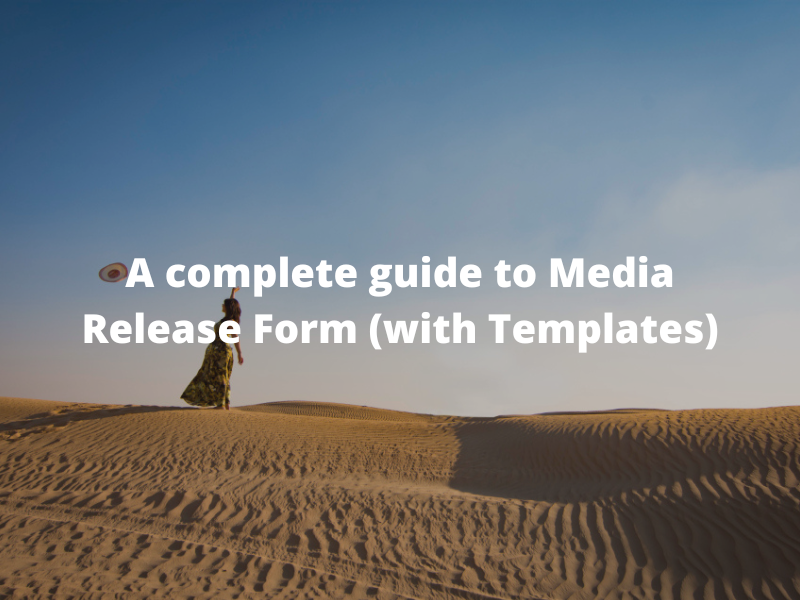
10 Jun 2022
6 min read

2 Jun 2022
6 min read

27 May 2022
6 min read

20 May 2022
6 min read

9 May 2022
6 min read

3 May 2022
3 min read

25 Apr 2022
5 min read

31 Mar 2022
1 min read

29 Mar 2022
1 min read

20 Mar 2022
6 min read

12 Mar 2022
5 min read

21 Feb 2022
5 min read

31 Jan 2022
5 min read

13 Jan 2022
4 min read

3 Jan 2022
5 min read

7 Dec 2021
11 min read

14 Nov 2021
6 min read

1 Nov 2021
9 min read

21 Oct 2021
1 min read

17 Oct 2021
7 min read
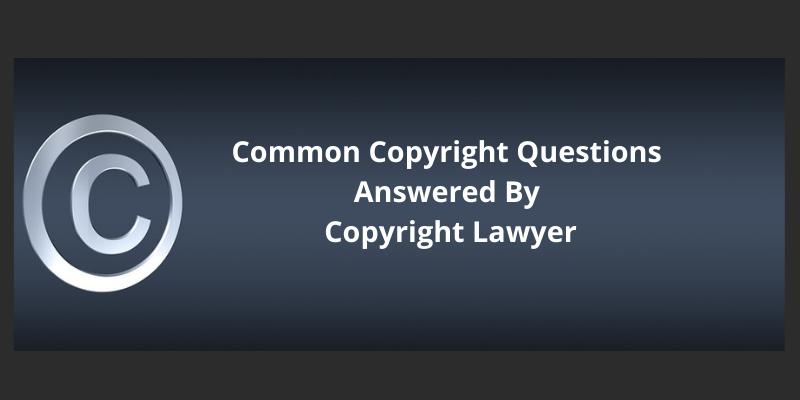
7 Oct 2021
12 min read

16 Sep 2021
4 min read

14 Sep 2021
5 min read

10 Sep 2021
3 min read

31 Aug 2021
4 min read

23 Aug 2021
3 min read

16 Aug 2021
5 min read

30 Jul 2021
6 min read

23 Jul 2021
7 min read

13 Jul 2021
5 min read

2 Jul 2021
5 min read

24 Jun 2021
5 min read

15 Jun 2021
4 min read

4 Jun 2021
6 min read

28 May 2021
5 min read

21 May 2021
5 min read

14 May 2021
5 min read

7 May 2021
5 min read

30 Apr 2021
5 min read

23 Apr 2021
5 min read

16 Apr 2021
5 min read

9 Apr 2021
5 min read

1 Apr 2021
5 min read

26 Mar 2021
4 min read

19 Mar 2021
5 min read

12 Mar 2021
5 min read

5 Mar 2021
6 min read
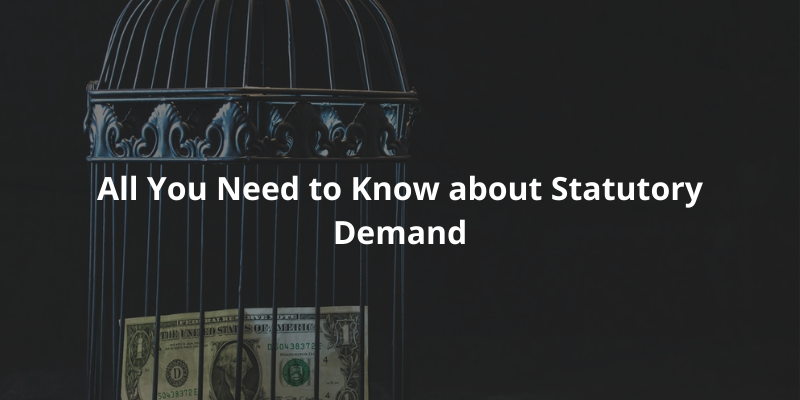
26 Feb 2021
5 min read

19 Feb 2021
6 min read

11 Feb 2021
5 min read

29 Jan 2021
6 min read
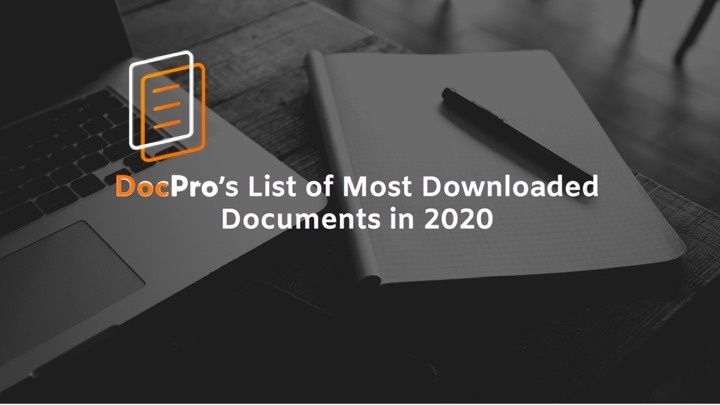
29 Jan 2021
3 min read

22 Jan 2021
6 min read

15 Jan 2021
6 min read

8 Jan 2021
6 min read

31 Dec 2020
6 min read

24 Dec 2020
0 min read

24 Dec 2020
7 min read

18 Dec 2020
6 min read

11 Dec 2020
6 min read

4 Dec 2020
6 min read

27 Nov 2020
6 min read

27 Nov 2020
7 min read

22 Nov 2020
7 min read
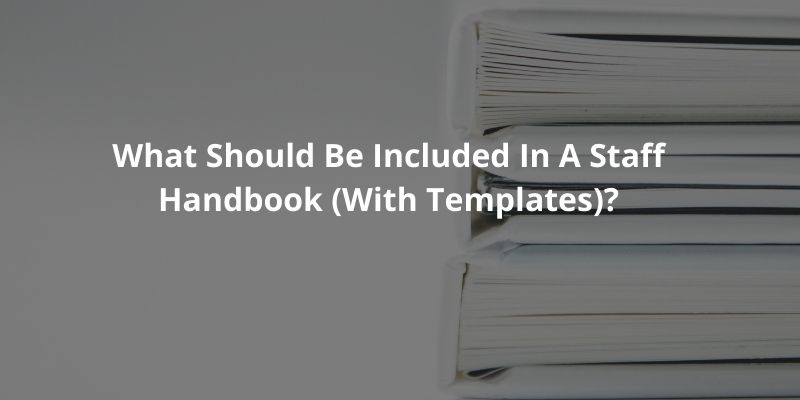
13 Nov 2020
8 min read
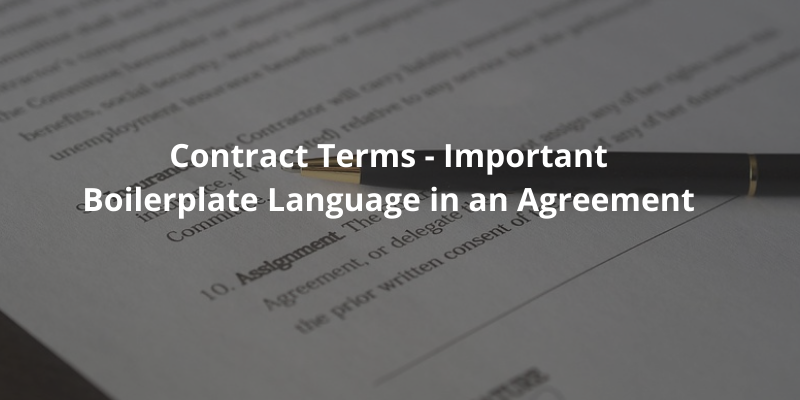
12 Nov 2020
8 min read

7 Nov 2020
8 min read

5 Nov 2020
6 min read

30 Oct 2020
7 min read
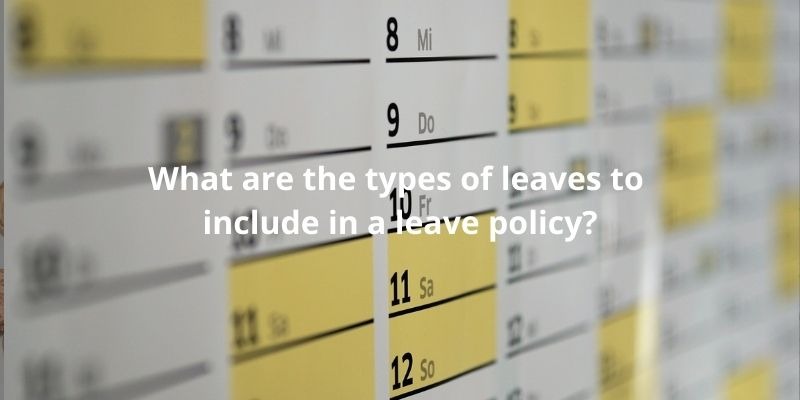
29 Oct 2020
8 min read

23 Oct 2020
7 min read
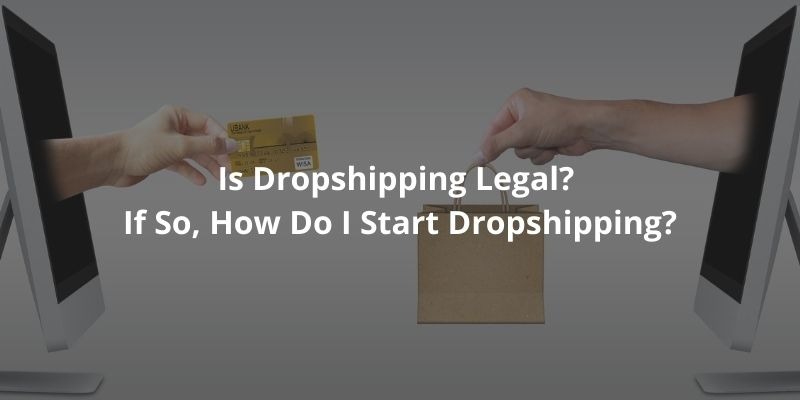
19 Oct 2020
8 min read

16 Oct 2020
10 min read

7 Oct 2020
9 min read

28 Sep 2020
8 min read

18 Sep 2020
7 min read

9 Sep 2020
7 min read

3 Sep 2020
7 min read

27 Aug 2020
8 min read

27 Aug 2020
9 min read

19 Aug 2020
8 min read

17 Aug 2020
8 min read

11 Aug 2020
8 min read

11 Aug 2020
8 min read

10 Aug 2020
11 min read

10 Aug 2020
9 min read

7 Aug 2020
9 min read

4 Aug 2020
9 min read

3 Aug 2020
10 min read

23 Jul 2020
8 min read

23 Jul 2020
8 min read

12 Jul 2020
8 min read

5 Jul 2020
7 min read

25 Jun 2020
7 min read

12 Jun 2020
9 min read

11 Jun 2020
9 min read

9 Jun 2020
9 min read

8 Jun 2020
8 min read

4 Jun 2020
5 min read

4 Jun 2020
8 min read

2 Jun 2020
10 min read

28 May 2020
13 min read

25 May 2020
8 min read

1 May 2020
10 min read

1 Apr 2020
6 min read

1 Mar 2020
11 min read

1 Feb 2020
11 min read

8 Jan 2020
9 min read

1 Jan 2020
1 min read

10 Dec 2019
7 min read

26 Nov 2019
8 min read

5 Nov 2019
5 min read

24 Oct 2019
3 min read

1 Oct 2019
1 min read

1 Oct 2019
1 min read



